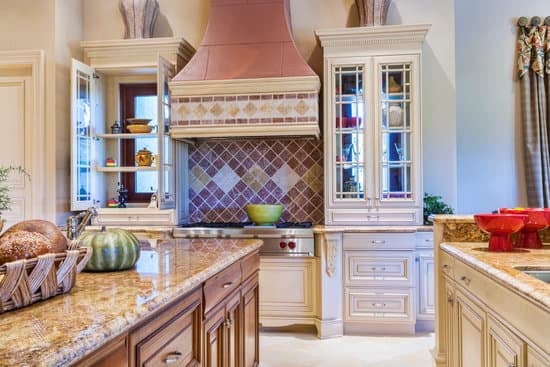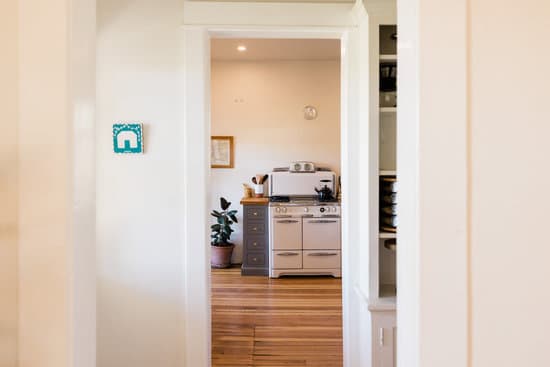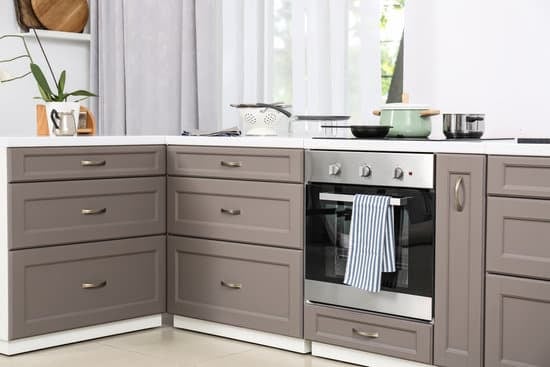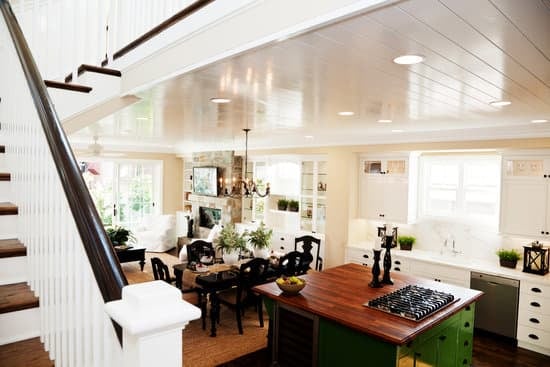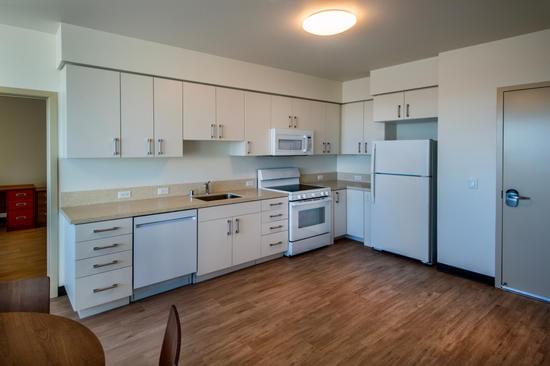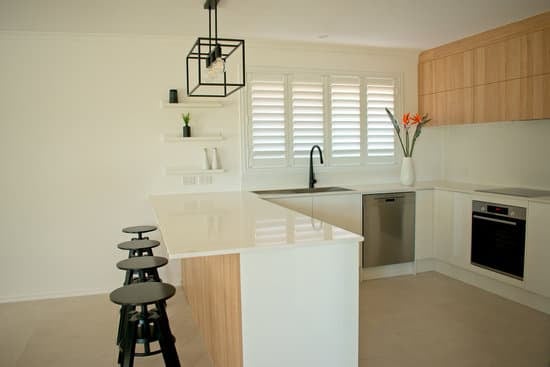Are you looking to create a durable and stylish countertop for your outdoor kitchen? Look no further! In this article, we will guide you through the process of building a concrete countertop. By following these steps, gathering the right materials and tools, preparing the base and formwork, mixing and pouring the concrete, reinforcing and smoothing the surface, as well as sealing and curing the countertop – you’ll have a beautiful addition to your outdoor space in no time. Let’s get started!
Gathering the Necessary Materials and Tools
You’ll need to gather all the necessary materials and tools for building your concrete countertop for the outdoor kitchen. Safety is key, so make sure you choose the right concrete mix. Look for a mix specifically designed for countertops, as it will have the right amount of strength and durability. Avoid using regular concrete mixes, as they may crack or break easily. Next, select the appropriate tools for the job. You’ll need a trowel to spread and smooth the concrete, as well as a float to create a smooth finish. A level will help ensure that your countertop is even and balanced. Don’t forget safety gear like gloves and goggles to protect yourself during the construction process. By gathering these materials and tools, you’ll be well-prepared to build your own beautiful concrete countertop for your outdoor kitchen.
Preparing the Base and Formwork
Once the base and formwork are ready, it’s important to ensure a smooth surface for your outdoor countertop. Here are some tips to help you achieve a flawless finish and prevent cracks in your concrete countertops:
- Choosing the right countertop design: Consider factors such as the size of your outdoor kitchen, the amount of use it will receive, and the overall aesthetic you want to achieve. This will help you select a design that suits your needs.
- Prepping the base: Make sure the base is level and properly compacted before pouring the concrete. This will provide a stable foundation for your countertop.
- Using reinforcement: Adding steel mesh or rebar can strengthen the concrete and minimize cracking.
- Proper curing: Allow sufficient time for the concrete to cure before removing the formwork. This will ensure its durability and reduce the risk of cracks forming later on.
By following these steps, you can create a beautiful and long-lasting outdoor countertop while minimizing potential issues like cracks in your concrete surface.
Mixing and Pouring the Concrete
To achieve a smooth surface for your outdoor countertop, it’s important to properly mix and pour the concrete. Start by choosing the right concrete mix that is specifically designed for countertops. These mixes have a higher strength and are more resistant to cracking than regular concrete. Make sure to follow the manufacturer’s instructions for mixing the concrete, using the correct ratio of water to mix. This will ensure that the mixture is not too dry or too wet. Additionally, consider adding color and decorative elements to your concrete mix to enhance the overall look of your countertop. There are various options available, such as pigments or dyes, which can be mixed into the concrete before pouring. Just make sure to thoroughly blend these elements into the mixture to achieve an even distribution. Remember, safety should always be a priority when working with concrete, so wear protective gear such as gloves and goggles throughout the mixing and pouring process.
Reinforcing and Smoothing the Surface
Mix and pour the concrete mixture into the countertop mold, ensuring that it is evenly distributed and covers all areas. Before pouring, it’s essential to reinforce the surface to ensure its strength and durability. You can add steel mesh or rebar to provide extra support. Place it in the center of the mold, making sure it’s not too close to the edges.
Once you’ve poured and leveled the concrete, it’s time to smooth out any imperfections on the surface. Use a trowel or float to flatten and even out the concrete. Apply gentle pressure while moving in circular motions for a consistent finish.
To achieve a polished look, consider using finishing techniques like sanding or grinding. This will help remove any rough spots or blemishes on the countertop surface. Remember to wear protective gear such as gloves and goggles when performing these tasks for your safety.
By reinforcing your outdoor kitchen countertop with proper techniques and applying finishing touches, you’ll have a sturdy and visually appealing addition to your space.
Sealing and Curing the Countertop
After reinforcing and smoothing the surface, it’s important to seal and cure the countertop for added protection and longevity. Proper maintenance is crucial for outdoor concrete countertops to withstand harsh weather conditions and daily use. Here are four key points to consider:
- Sealing: Applying a high-quality sealer creates a protective barrier that prevents stains, moisture, and UV damage from penetrating the surface. Choose a sealer specifically designed for outdoor use.
- Curing: Curing is the process of allowing the concrete to fully harden and develop its strength over time. It involves keeping the countertop moist by covering it with plastic or using a curing compound.
- Differences: Sealing primarily focuses on protecting against external elements, while curing enhances internal strength development. Both methods work hand in hand to ensure optimal durability.
- Longevity: By sealing and curing your countertop properly, you extend its lifespan significantly, reducing the need for frequent repairs or replacements.
Remember, investing time into proper sealing and curing will pay off in terms of safety, longevity, and maintaining the beauty of your outdoor concrete countertop.
Conclusion
So there you have it, a step-by-step guide on how to build a concrete countertop for your outdoor kitchen. Now that you have gathered all the necessary materials and tools, prepared the base and formwork, mixed and poured the concrete, reinforced and smoothed the surface, and sealed and cured the countertop, you can enjoy your new addition to your outdoor space. With a little bit of patience and effort, you can create a beautiful and durable countertop that will withstand the test of time. Happy building!

